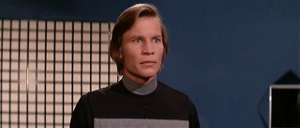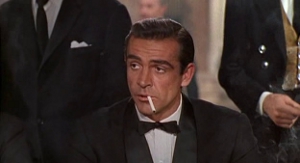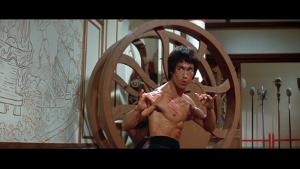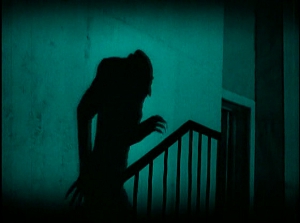
The mid-70s were a stranger time for SF films than most of us realize. Nowadays we see that pre-Star Wars decade through a screen called 2001: A Space Odyssey, forgetting how much that film (like Star Wars after it) polarized opinion, only assuming the status of Unassailable Classic after the stoned teenagers who loved it became filmmakers themselves. Before that, the Big Name in successful sci-fi films from 1968 was Planet of the Apes. Which deserves to be examined in its own time. So let’s just skim over its superficial attributes real fast.
Apes is a big budget ($5 million went a lot further back then) Major Studio SF picture based on a novel few bothered to read with a well-known piece of beefcake in the lead role and supporting actors doing much better jobs. So I’m not surprised William F. Nolan and George Clayton Johnson’s novel got its own time in the limelight. Logan’s Run-the-book hit shelves in 1967…the same year our beefcake, Michael York, hit screens in The Taming of the Shrew. By the time he won the lead in this big budget ($9 million) Major Studio SF picture, he’d become internationally famous as D’Artagnan in both of Richard Lester’s Musketeers movies. As to the supporting cast…yep. We’re in the pipe, five by five. Continue reading Logan’s Run (1976)





